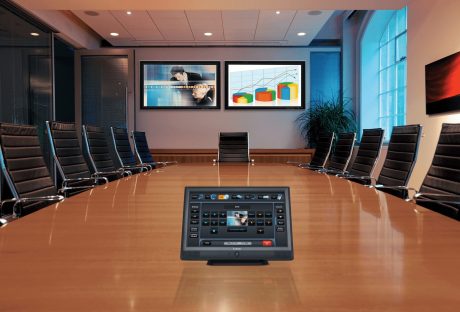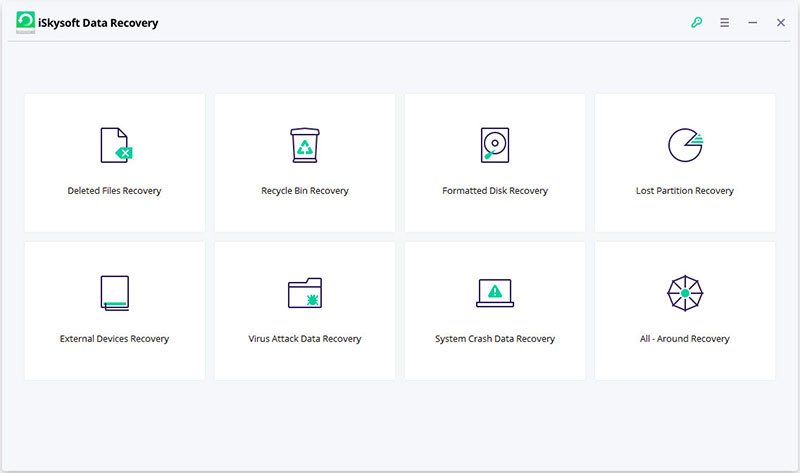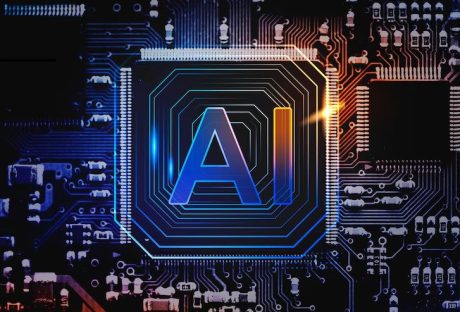So far, it’s impossible to run business only offline. The world doesn’t stand still, people go online, buy goods or services, study, or even work.
If you want to run a successful business online, you need to opt for custom software development. In this comprehensive post, we’ll take a closer look at the main perks of custom software and analyze the main reasons to invest in this industry.
If you are looking for tailor-made software that can meet the specific requirements of your business, you need to opt for custom software development.
This process usually includes the creation, design, and deployment of software. Custom software solutions can enhance productivity, consumer relations, and efficiency. However, custom software is more expensive as compared to off-the-shelf solutions. Let’s move on to reviewing the main benefits of custom software.
1. You’ll Have a Unique Product
You will hardly find two businesses that are exactly the same. Therefore, it is challenging to find one solution that can meet the requirements of a few business owners. When you opt for a custom software solution, you’ll get a product developed specifically for the requirements of your company. In other words, you’ll make sure that the chosen software includes all the features needed to enhance business processes and meet the requirements of your customers.
When choosing this solution, you are the one who sets the requirements. You have to decide what goals the software must align with and what features it must possess. As a result, you’ll get a unique product created to support your business identity.
2. You’ll Enhance Productivity
When choosing this option, you’ll help your employees be more efficient and do their work with confidence. Beyond this, your colleagues will be more driven to complete their tasks better when they have the right tools that meet the needs of their jobs. And you know that when people are more productive, they work much better and faster.
3. You’ll Enhance ROI
Of course, building a specific program or mobile app that can meet the specifics of your business is not cheap. But in this case, you’ll undoubtedly get more in return. Experts say that it’s a wise investment that has the potential to save your company’s money in the long run.
Beyond this, when you invest in this niche, you’ll stop buying additional software or licenses. Moreover, you’ll stop paying for the features your colleagues don’t actually need. You’ll have a personalized tool, built from scratch.
4. You’ll Get Ongoing Technical Support
When choosing off-the-shelf solutions, you should bear in mind that they usually come without support. However, that’s not the case if you opt for a custom solution as in this case, you’ll have continuous support from a professional IT team. If you hire a top-rated development company, you’ll get guarantees that they will help you update and maintain it. In doing so, you’ll have the best software solution and keep your operations running effectively.
5. You’ll Be Able to Scale Your Company
No matter what the size of your business is. Sooner or later, you’ll have a desire to scale your operations. This procedure usually involves the development of new products or services. If you opt for off-the-shelf software, you won’t be able to do this.
One of the fundamental benefits of custom solutions is that you’ll be able to handle business growth in a few simple steps. Simply put, you’ll be allowed to use and update your software solution without having to buy new licenses or products.
So far, we can see the following tendency – more and more businesses go online and opt for custom software. Surely, this solution is more expensive but in this case, you’ll get more benefits for your business in the long run. However, if you want to make the most out of your idea, you need to deal with a time-proven and reputable company.
This is where you simply can’t do without the services of sirinsoftware.com. This team has many years of experience in this area and is always ready to build software that can meet the goals of your business and can help it grow. So, drop them a line, discuss all possible issues, and finally, invest in building custom software for your business!
Read Also:

























